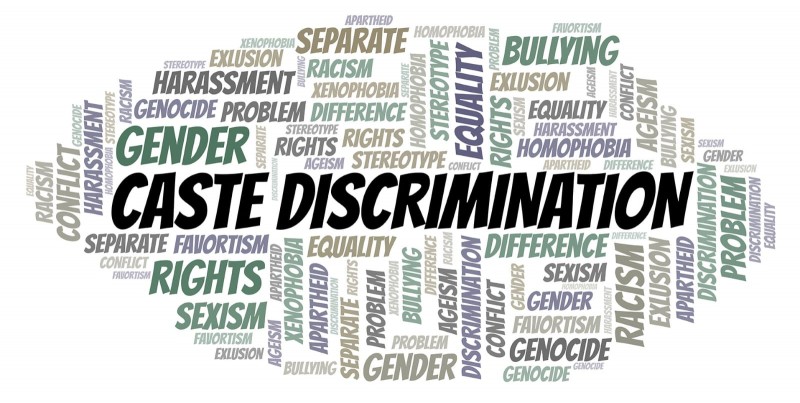
India and the caste are two words which come under a single bar and cannot be separated from each other. As per the latest records there are a total of 3,000 castes and 25,000 sub-castes in India covering the whole of population.
In 2016, the report of National Crimes Record Bureau showed a result where Bangalore and Hyderabad, reported 207 and 139 incidents respectively in 2016, Lucknow and Patna, with 262 and 241 cases respectively, at number 1 and number 2 spots in the incidence/reporting ranking, respectively.
It has now become routine to describe the current times as the ‘Age of Anger’, and it has become the ‘new normal’ to witness everyday rage and hatred. Caste discrimination has feuded many fights in India which has lead to mass destruction and killing. India has always been divided between castes which troubles the unity of the nation.
Jyotiba Phule and Bhimrao Ambedkar, in spite of being direct victims of caste discrimination, and more so Ambedkar who was not spared of caste-based indignities in spite of his astounding achievements, was bitter, but never even as an innocuous mistake did he express hatred towards caste Hindus. He, in fact, expressed the need for solidarity if caste is to be overcome.
Some caste based crimes that have happened in India- April caste protests in India (2018), Suicide of Payal Tadvi (2019), Hathras gangrape and murder (2020), Murder of Indra Meghwal (2022).
India follows the concept of religious harmony which indicates that there is love, affection between different commodities in India.
The most vulnerable in any society are often targets of violence, and therefore, while the violence is abhorrent, it is a reflection of the victims’ marginalization, i.e. if their conditions were better, they would be targeted less.
In urban India the reality of caste discrimination takes a form of residential segregation, discrimination in labour markets, educational disparities, overt and covert instances of untouchability, which results in caste manifesting its vicious hold in all these arenas. As per the data of Indian Human development Society for 2011-12 shows that over 27% of Indians admits that they still believe in untouchability despite this practice being illegal.
When it comes to group violence, several mechanisms are used by the dominant caste perpetrators to impose and enforce social boycotts on victims’ families, having wider
consequences on their social life.
In August 2002, the UN Committee for the Elimination of Racial Discrimination (UN CERD) approved a resolution condemning caste or descent-based discrimination. The shaky social and economic conditions of the victims often force the victims to remain ‘silent sufferers’ rather than confront powerful perpetrators and indifferent administration. Around 176 countries have signed the ICERD resolution to eliminate the discrimination from the society.
The culture of untouchability and impurity should be eradicated from society as every human is same it’s just the biasness that has been created by the people setting a hierarchy in society. This differentiation has been a curse for the society from a long time and it’s time to create a change by giving everyone the chance of equal opportunity.
20-month-old child raped by a 35-year-old man in Mumbai
Air India Express Flight Makes Emergency Landing At TVM Airport Due To Tech Glitch